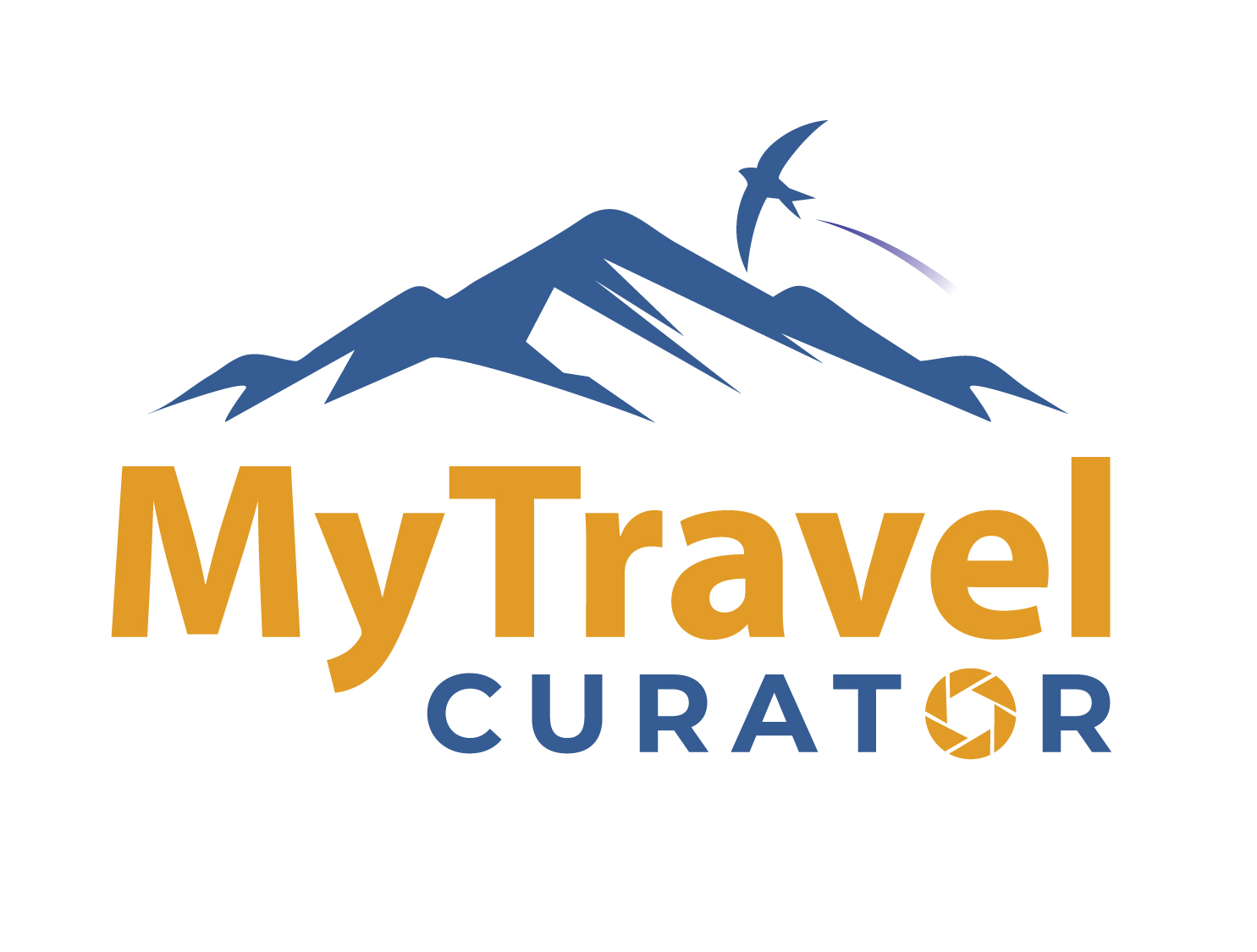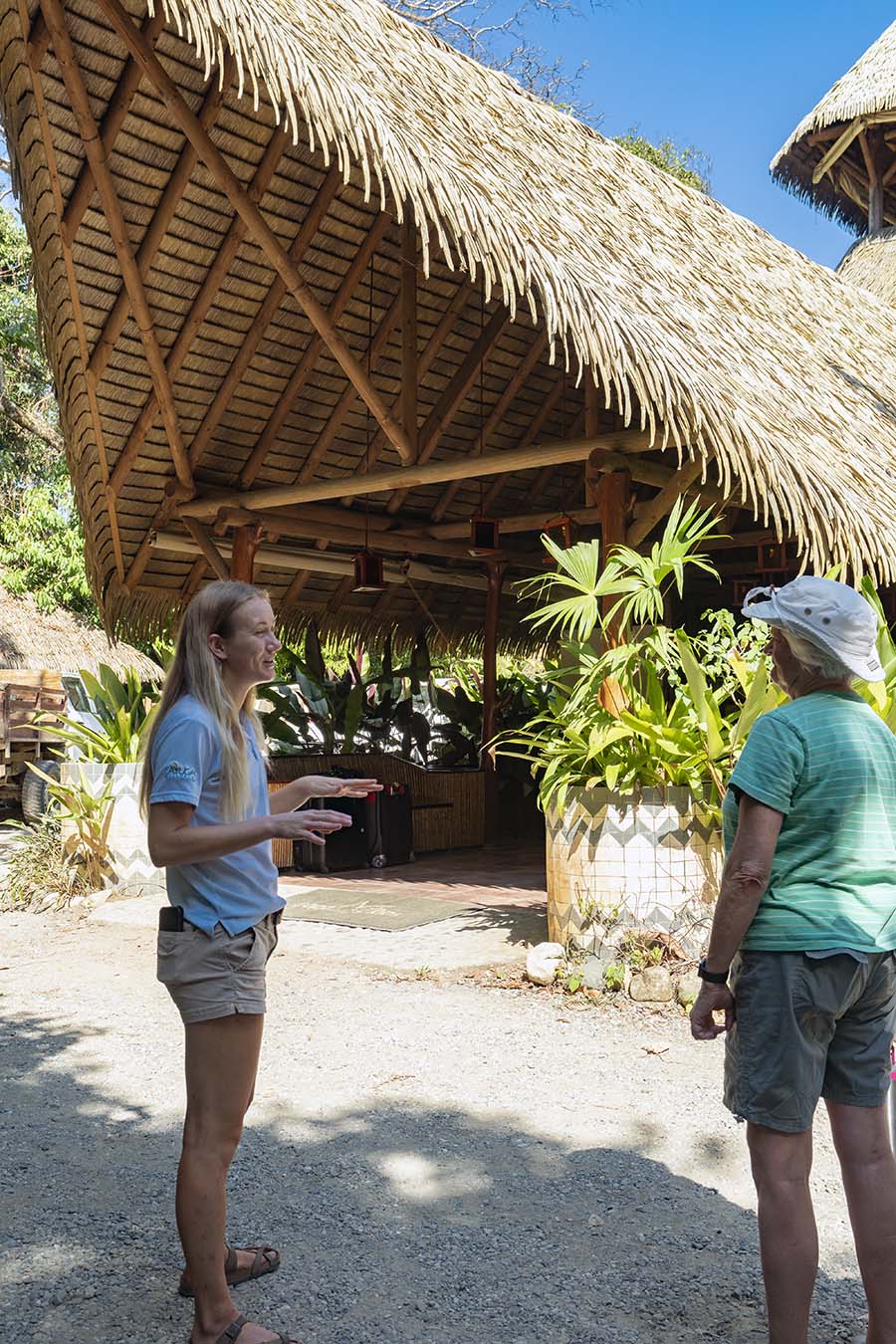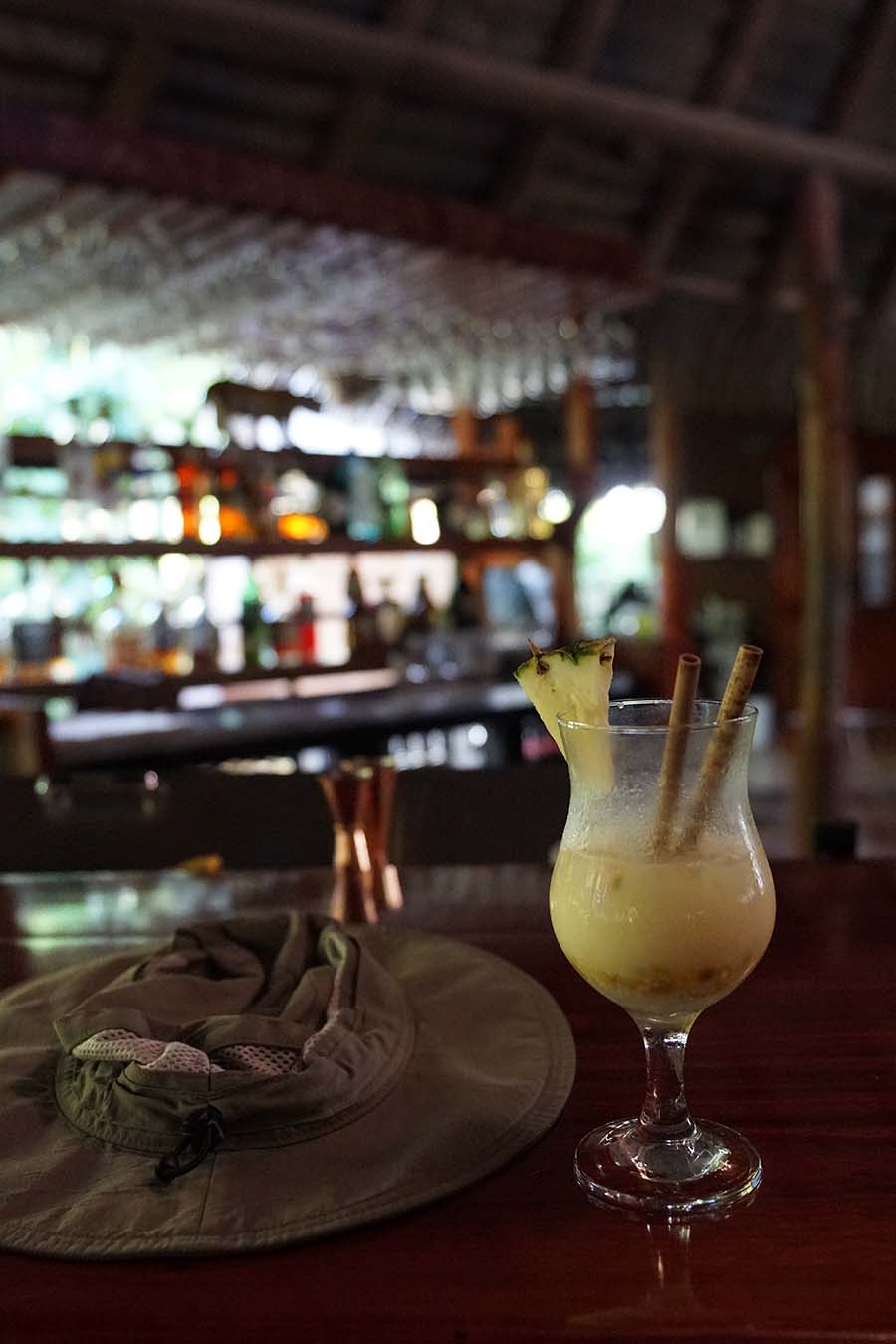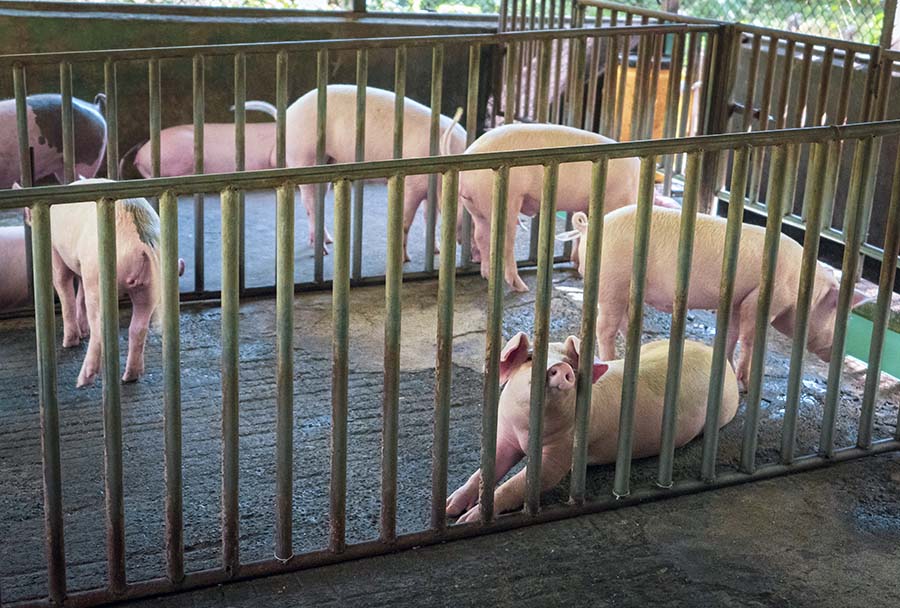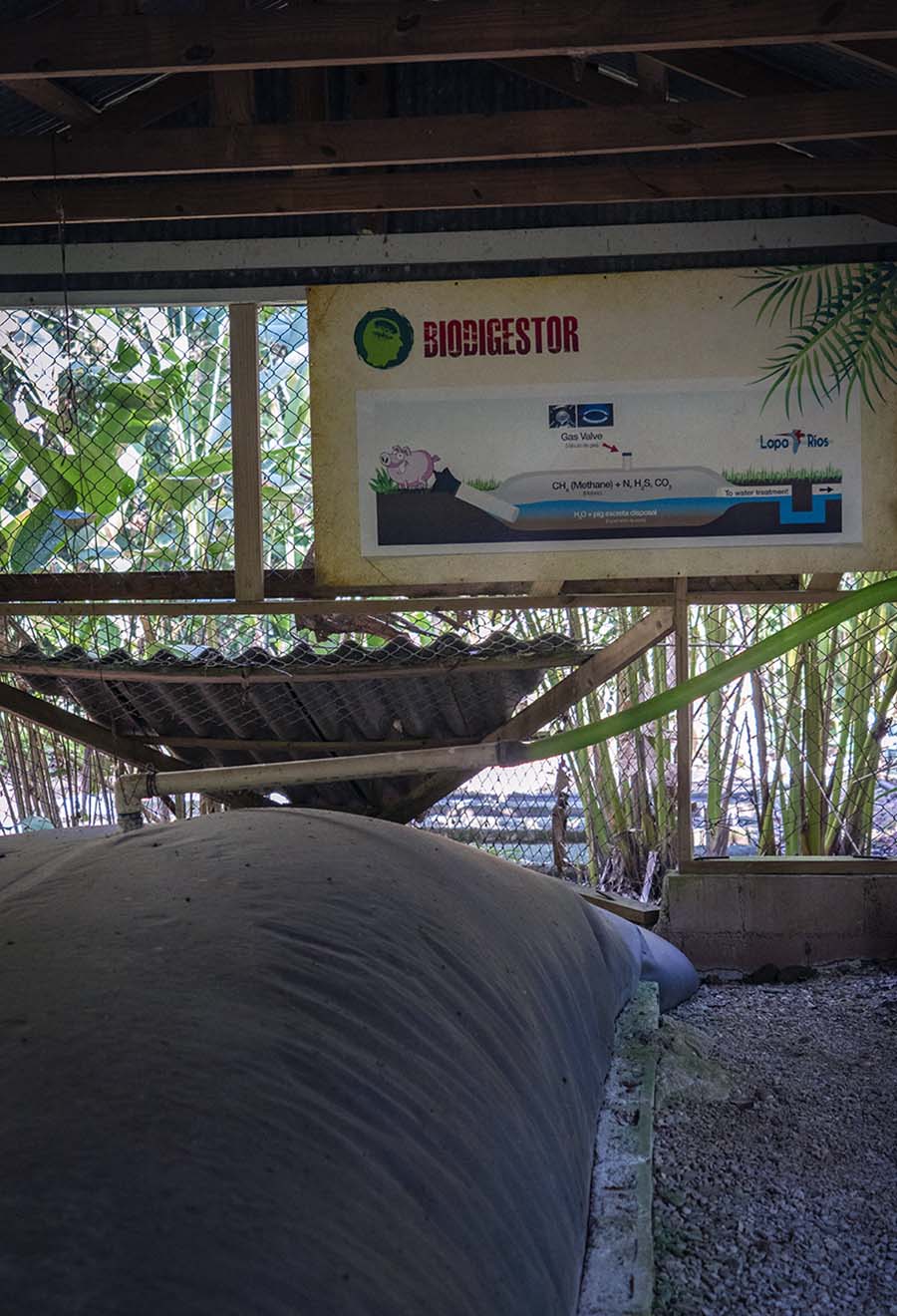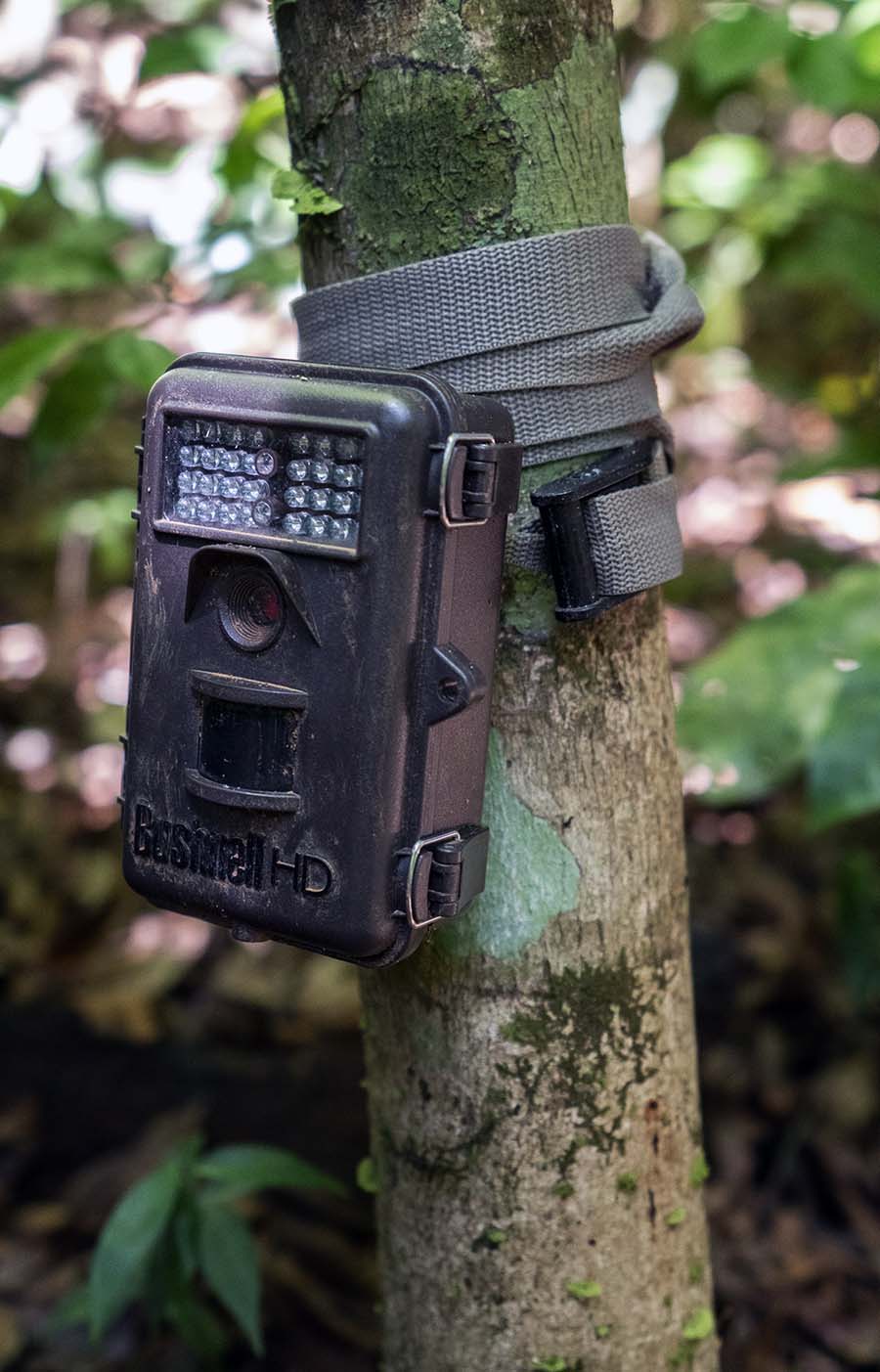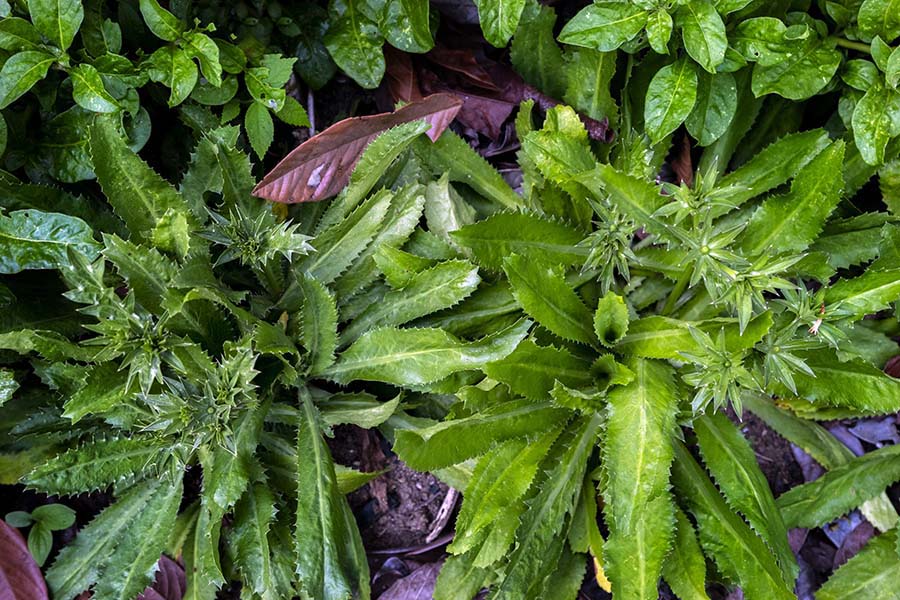During our recent trip to Southern Costa Rica, we eagerly joined the “Twigs, pigs and garbage” (aka Sustainability Tour) at Lapa Ríos. Perched on a hill over the Matapalo Beach on Osa Peninsula, this ecolodge runs this special 2-hour walk to educate its guests and other local visitors about “true green” hospitality combined with environmental protection. It also reveals a fascinating story of an ordinary American couple on their quest to save a unique forest and to support local livelihoods.
Our Walk Guide
On a hot and sticky January afternoon, our small group of 4 travelers from New England met at a shaded gazebo. There we were greeted by Clare, the only non-native employee of the lodge at the time. A Florida University biologist in her gap year and aspiring environmental lawyer, Clare shared a few captivating stories about Lapa Rios, its humble beginnings and the ambitious mission.
Lapa Rios Founders – An American Couple on a Mission
The story of John and Karen Lewis, the Lapa Ríos founders was downright enthralling. In the early 90s, this American couple (a lawyer and a music teacher, both long-time Peace Corps volunteers) sold all their possessions and “raided” their retirement and profit-sharing funds. They soon settled down in a run-down hut on the newly purchased 1000 acres of primary forest on the remote Osa Peninsula in Costa Rica.
In an interview recorded for the 25-year anniversary of the Lapa Ríos ecolodge in 2018, Karen talked about the turbulent start, current challenges and future aspirations of this several-decade long project. She also spoke of the succession plan and how important it was to make sure Lapa Ríos stayed on its mission of protecting the last stronghold of the Pacific lowland rainforest in Central America. To read this interview in-full, check out the Earth Changers website.
A Success Story of Costa Rican “Green Tourism”
Costa Rica prides itself on being a green tourism destination. Nature tourism became a part of Costa Rica’s development policy in the 1970s and 30 years later it became the largest industry in the country. Since then, the “ecolodge-style” hospitality businesses quickly mushroomed throughout Costa Rica. However, their true nature as well as environmental and social impacts on local communities remain controversial. You can read some critical opinions in “Buying Up Nature: Economic and Social Impacts of Costa Rica’s Ecotourism Boom”, if interested. Still, even the skeptics seem to agree on Lapa Ríos Ecolodge’s remarkable success story.
CST Rating and National Geographic Society “Badge”
Back in 2003, Lapa Ríos was the first hospitality business in Costa Rica awarded the maximum 5 Leaf certification rating by CST (Certification for Sustainable Tourism) and it remained one of the few which pass this high bar during regular on-site audits.
The glamour of being the very first of the National Geographic unique Costa Rican ecolodges aside, Lapa Ríos must live up to its name. Delivering ecologically sustainable luxury in one of the most remote area of Costa Rica in no easy task. The Sustainability Tour which takes place on the ecolodge’s grounds offers a glimpse into behind-the-scene operations that make it possible.
The Man Behind the Main Lodge and the Mission Statement
After receiving the thorough introduction, we moved to the Lapa Ríos Main Lodge. Its architect, the late David Lee Andersen, was also a visionary of ecologically sustainable tourism and a long-time friend of Karen and John Lewis. He was also the man who coined the ecolodge’s original long-standing mission statement:
“No matter how you cut it, a rainforest left standing is worth more”
In addition to the eye-pleasing and airy design of the lodge, its “thatched roof” (which looks amazingly authentic) is NOT made of quickly decaying high-maintenance natural materials. It is produced from durable recycled plastic.
At the bar, well-stocked on liquors and non-alcoholic beverages, you won’t see any cans or plastic bottles. Plastic straws have also been replaced with elegant locally crafted bamboo stalks. All guests at Lapa Ríos are supplied with a reusable thermos filled with potable water and mounted into knitted poaches.
The Kitchen, Organic Garden and Compost
We move into the kitchen, were the gourmet meals are made to order daily, using locally sourced ingredients whenever possible and by-passing long-term storage. All of organic waste, including the food scraps from the meals, is manually sorted and either fed to the pigs or locally composted.
Pigs and Methane Gas
You are unlikely to meet the piglets and the “power house” they support while they eat your meal leftovers, unless you join the Sustainability Tour. We had to take a short drive to the service entrance of the ecolodge to see the pigpen, the compost area and other related housekeeping facilities.
The small vegetable garden had organically-grown pungent wild coriander along with other herbs and veggies. Next to the patch, there was a compost heap, which remained an ongoing project. The ecolodge continued to experiment with the best ways to degrade various types of organic materials, much of which is acidic.
Nearby, there was a small-scale roofed pig-parlor. Inside an airy enclosure, we found a dozen young hogs seemingly content, though making occasional grunts: “They must have just been fed”, Clare commented with a smile.
In addition to reducing food waste while “growing meat”, the capture and utilization of greenhouse gas methane the pigs generate has other ecological benefits. Through anaerobic digestion, this “low-cost system” of methane production creates renewable energy. Instead of burning firewood, propane or electricity, the low-cost biodigestors (see photo below) produce high-quality biogas, which is used for direct heating or for running a generator to create electricity for any other purpose.
Preserving Unique Wildlife of Osa Peninsula
During the tour, we learned that Lapa Ríos is not only committed to being a highly sustainable hospitality business. It is also a nature reserve with multiple ongoing projects, involved in direct wildlife protection. From its early days, the ecolodge has been expanding and improving natural habitat for the growing population of the unique Osa Peninsula fauna and flora.
The property is an integral part of the protected area and additional habitat for the wildlife “spillover” from the Corcovado National Park. Check out some of the images of these animals, including the endangered ones, such as puma, ocelot and paca, captured by the motion-activated cameras installed throughout the Lapa Ríos Nature Reserve.
The lodge’s impact on local environmental protection is reaching far beyond its borders. Reportedly, a salaried ranger position in the neighboring Corcovado National Park has also been supported by Lapa Ríos.
The Social Impact of Lapa Ríos Ecolodge
But protecting the nature and the livelihoods of local people at the same time is a tricky balance. For the founders of Lapa Ríos, the social aspect of the enterprise has been an important part of their “business model” and it continues giving back to the community in many ways.
Already 10 years ago, a group of scientists from Stanford University took a closer academic look at the “case of Lapa Ríos”. Through interviews, questionnaires and “before and after” forest cover comparisons they gauged the environmental and socioeconomic impact of the ecolodge on the local communities and rainforest conservation on Osa Peninsula. Their findings were made public in “Social and environmental effects of ecotourism in the Osa Peninsula of Costa Rica: the Lapa Ríos case”.
Giving Back to the Community
Many Costa Rican hospitality businesses make use of seasonal guest workers due to the natural swings typical for tourism industry. At Lapa Ríos you will meet over 70 full-time staff employees, most of whom are local to Osa Peninsula. Several nature tours we took through the lodge were guided by the local “veteran” Edwin, who has been working at the ecolodge for over 20 years.
In addition to direct support of nature conservation personnel within and beyond its borders, the ecolodge is also offering “Nature guide training” cources to anyone interested in becoming a part of Costa Rican green tourism.
Other programs at Lapa Ríos (such as “Dock-to-Dish” initiative) are committed to provide fresh locally-sourced food and other necessary sustainable materials for the ecolodge as well as stable well-paid jobs to the local fishermen, farmers and other small business owners.
Investing into the Future
In the early days, all local kids in the area could only receive a few months-worth of schooling per year because the roads to the nearest school in Puerto Jiménez remained impassable most of the time. Nowadays, they are offered year-around education at the local Carbonera school established by the founders of Lapa Ríos. With continuing financial and social support, the former students are now working as teachers at the school and the virtuous cycle continues …
